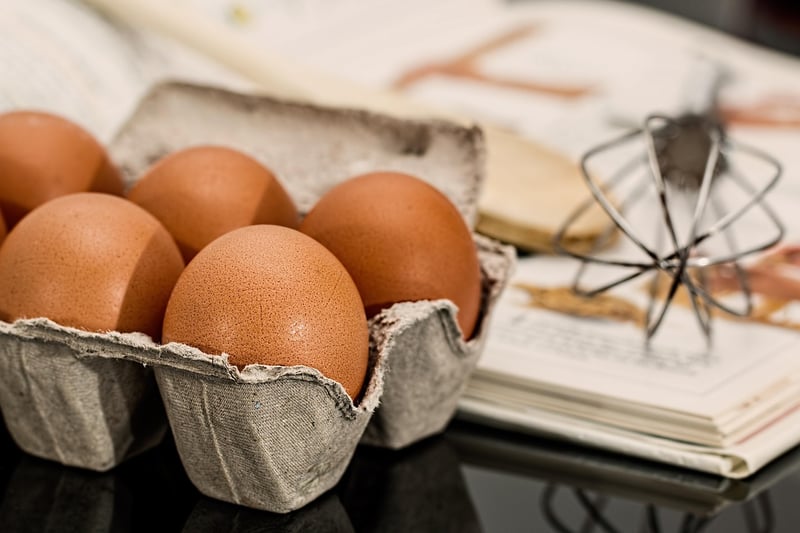Culinary Evolution
Uncovering Gastronomic Past: A Journey Through Culinary Evolution
Food is not just sustenance; it’s a reflection of culture, history, and innovation. Exploring the gastronomic past allows us to understand how culinary traditions have evolved over time, shaping the way we eat today. Let’s delve into the rich tapestry of culinary history and witness the fascinating journey of culinary evolution.
The Origins of Culinary Traditions
Our culinary journey begins thousands of years ago when early humans relied on hunting and gathering for sustenance. Over time, these primitive practices evolved into sophisticated culinary traditions as civilizations flourished.
Ancient Civilizations and Culinary Practices
Ancient civilizations such as the Egyptians, Greeks, and Romans laid the foundation for modern culinary practices. They introduced techniques like fermentation, preservation, and cooking methods that are still prevalent today.
The Medieval Era: A Culinary Renaissance
The medieval era marked a culinary renaissance with the introduction of exotic spices, sugar, and new cooking techniques. The spice trade flourished, leading to a fusion of flavors from around the world.
The Age of Exploration and Culinary Exchange
Explorers like Christopher Columbus and Vasco da Gama opened up new trade routes, facilitating the exchange of culinary ingredients and techniques between continents. This culinary exchange revolutionized global cuisines and created a melting pot of flavors.
Modern Culinary Trends: Fusion and Innovation
In the modern era, culinary traditions continue to evolve with the rise of fusion cuisine, molecular gastronomy, and sustainable practices. Chefs experiment with flavors, textures, and presentation, pushing the boundaries of traditional cooking.
Culinary Sustainability and Farm-to-Table Movement
The farm-to-table movement emphasizes locally sourced ingredients, sustainability, and ethical practices. Chefs and food enthusiasts alike are embracing this trend, supporting small-scale farmers and reducing the carbon footprint of the food industry.
Conclusion: Celebrating Culinary Diversity
As we unravel the gastronomic past and witness the culinary evolution, one thing becomes clear – food is a universal language that transcends borders and connects us to our roots. By celebrating culinary diversity and honoring traditional practices, we pay homage to our shared history and pave the way for a flavorful future.



Explore more about the evolution of cuisine here.
